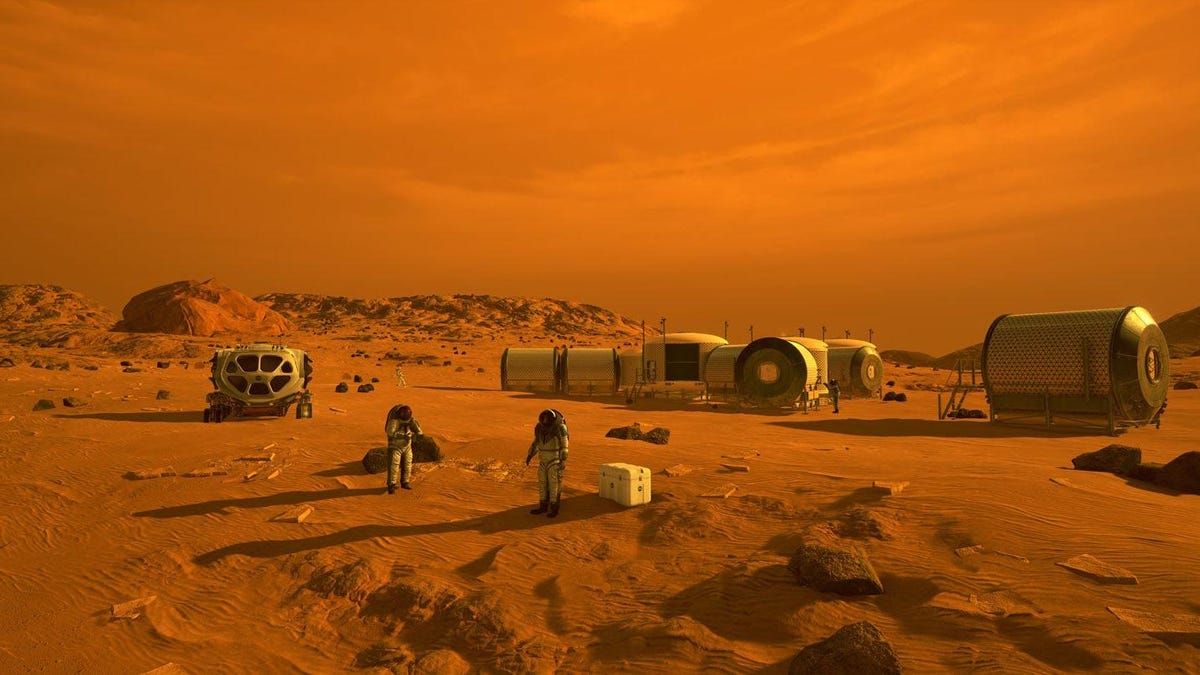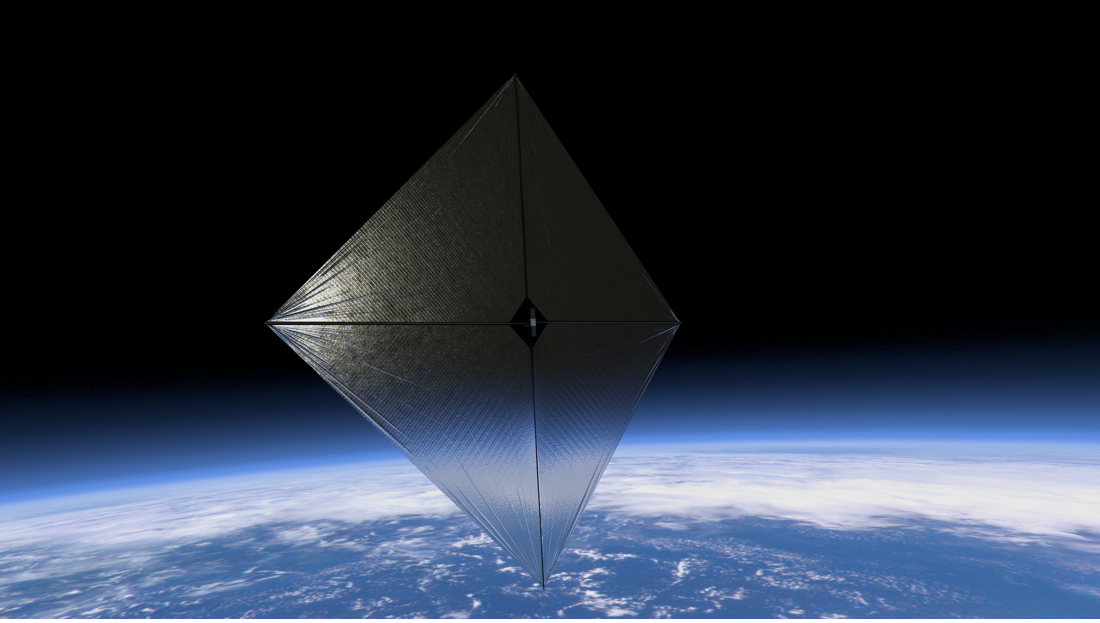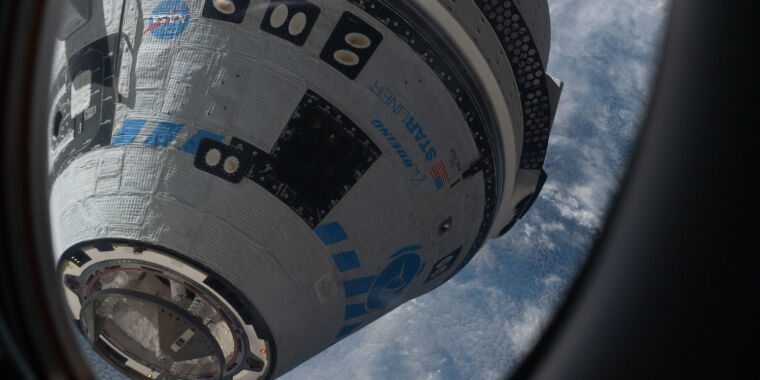Get the latest tech news
No, NASA's DART asteroid impact probably won't spark meteor showers on Earth — but maybe on Mars
"Impacts like DART and the resulting ejecta highlight the ongoing exchange of material between planetary bodies, asteroids, comets and other celestial objects."
A team led by Eloy Peña-Asensio of the Politecnico di Milano in Italy and Michael Küppers, who is the project scientist for the European Space Agency's Hera follow-up mission to DART that will launch toward Didymos and Dimorphos in October, have now modeled how that debris will spread across the inner solar system. The team's calculations are based on how the gravity of Didymos and Dimorphos, the sun, Mercury, Venus, Earth, Mars, Jupiter as well as the moon, all affect the debris' trajectory. Their main simulation modeled 3 million particles, split into size groups of 10 centimeters (3.9 inches), 0.5 cm (0.2 in) and 30 microns with velocities up to 500 meters (1,640 feet) per second based on observations from LICIACube.
Or read this on r/technology



